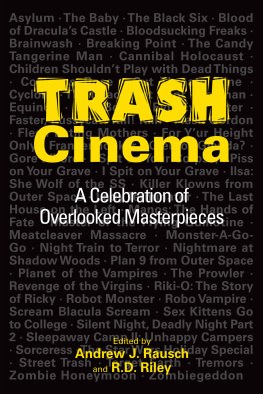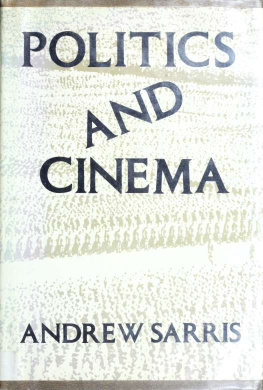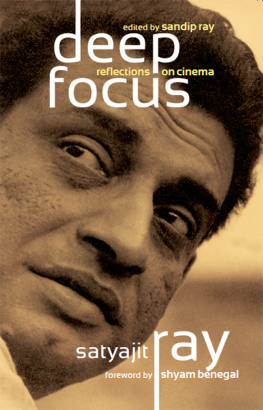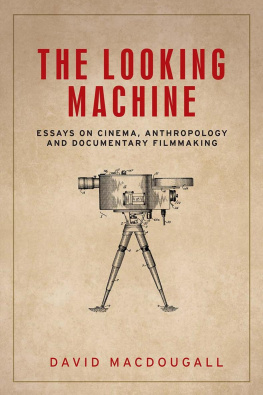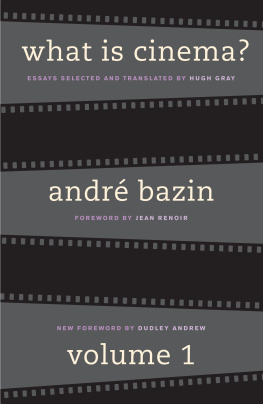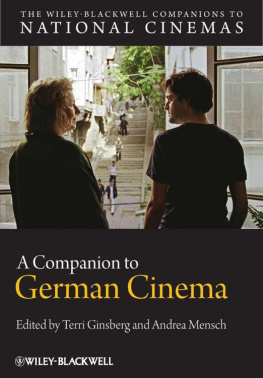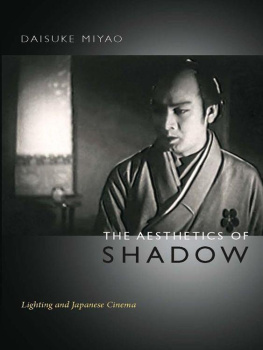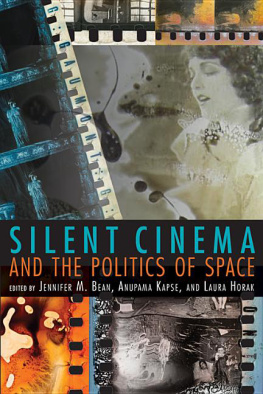Asylum (1972)
by E.D. Tucker
Amicus Productions always had the rather dubious, and debatably inaccurate, distinction of being a poor mans Hammer Films. While Amicus shared many talents in common with their higher profile competitor, they were wise enough to carve out a niche for themselves in the horror movie genre. One area in which they excelled was the anthology film where several short vignettes were tied together into a feature by some manner of framing story device. By the time they made Asylum in 1972, Amicus was probably the leading production company in the world for this type of format with films like Dr. Terrors House of Horrors (1965), Torture Garden (1967), and House That Dripped Blood (1970) already under their cinematic belts and their magnum opus, Tales from the Crypt, poised to be released that same year.
Asylum stands as one of Amicuss best anthology pictures due to the selection of short stories that make up its vignettes and the wonderful framing sequence, one of the best ever utilized for this type of film, which ties them all together. The stories came from the mind of Psycho scribe Robert Bloch and even though some of them were over thirty years old he was able to freshen them up nicely in his screenplay. Having the same person who wrote the individual tales do the framing device keeps everything uniform, but Bloch also managed to make it interesting while tying it in to one of the vignettes.
Asylum opens with young Dr. Martin arriving for a job interview at the remote asylum for the incurably insane run by Dr. Star. Expecting to meet with the proprietor, Martin is told by his assistant Dr. Rutherford that Star has himself gone insane and is now one of the asylums patients. Rutherford informs Martin that Dr. Star has adapted an entirely new personality and if he can determine which patient is him from reviewing the cases of the four at the facility, he will be considered for the position. Accepting this challenge, Dr. Rutherford is introduced to the floor orderly, Max Reynolds, and locked into the ward with the patients to hear each of their stories.
The first tale, Frozen Fear, is easily the most satisfying to horror fans and was heavily played up in the advertising materials. A man murders his wealthy wife and temporarily hides her dismembered body in the basement freezer wrapped in brown paper like meat from the butcher shop. Unfortunately he had not counted on her voodoo studies bringing her various pieces back to life and he and his mistress run afoul of the pissed off parts. This segment is surprisingly dry in the blood department but it is filmed so well that it really doesnt matter. The scene shifts seamlessly from the bludgeoned wifes hand in a death grip on the side of the freezer to her final part being wrapped and the blood mopped from the floor. The dismembered limbs writhing on the floor and severed head sucking air through the paper that surrounds it still hold up well today.
The Weird Tailor is the second segment and leans more towards fantasy than outright horror. Its not really the debt-ridden tailor who is weird here, but rather his customer, who requests a very precisely made suit of a strange luminous material. As it turns out, the buyer is an occultist who is trying to use the suit to revive the corpse of his deceased son that he just happens to have in his living room. An altercation between the tailor and his customer causes the man to join his son in death and the tailor to be stuck with a suit which brings the store mannequin to life after his wife decides to display it.
Batting third is Lucy Comes to Stay, which is the most pedestrian and forgettable of the bunch. A woman recently released from another mental institution returns home to her brothers care and quickly becomes bored with her closely monitored existence. When her friend Lucy shows up and offers to help her escape from her dull predicament, most of the audience that is still awake will have guessed the surprise ending long before it arrives.
The final story, Mannequins of Horror, is not told in flashbacks like the others but is instead integrated into the framing story. Dr. Martin is introduced to Dr. Byron who is at the asylum for reasons that are never explained. As part of his therapy he is allowed to create small dolls with very detailed faces into which he is trying to transfer his soul to bring them to life. He demonstrates a hatred of Rutherford and that may be the reason he is bound to a wheelchair after an attack by an unidentified patient.
After meeting with this final inmate, Martin returns to Rutherfords office but rather than deliver a verdict he chastises the senior psychiatrist for not at least attempting to help his patients. Just as Rutherford is contemplating removing Byrons dolls and discontinuing what little therapy he has, one of the creepy creations stabs him in the back of the neck with scalpel and creates another vacancy at the asylum. When Martin stomps on the tiny terror he realizes that its insides are not the anticipated mechanical parts but rather miniature organs!
Curious to see if Byron did actually succeed in transferring his soul into his creation, Martin runs back to the ward to find him dead from being mysteriously crushed. He also finds out his conclusion as to Dr. Starrs identity really was a little too obvious and the mistake costs him his life. The final scene as the camera pulls back from the dreary estate that harbors the insane amid maniacal cackling gives a fitting end to the grim proceedings.
In addition to the solid stories, Asylum also boasts an excellent cast including such venerable British actors as Peter Cushing, Herbert Lom (he was Austrian but lived most of his life in England), and Patrick Magee. The rest of the cast includes Robert Powell as Dr. Martin, a pre- Space: 1999 Barry Morse, Charlotte Rampling, and Britt Ekland. Also worth noting is actor Geoffrey Bayldon who plays the orderly. In addition to having turned down the title role in Doctor Who twice, he had just finished up a successful run in British childrens series Catweazle. It must have been a shock for English kiddies to see him here in this dark horror film.
Asylum fared well at the box office during its initial release but it was overshadowed by Amicuss most successful anthology picture, the EC Comics based Tales from the Crypt, which was released the same year. In 1979, Dynamite Entertainment a distribution company which had been enjoying some success scavenging later Hammer films that had seen little or no exposure stateside, re-released Asylum under the far more lurid title House of Crazies. The revamped advertising campaign not only went to great lengths to spell out everything audiences would be in for but also spoiled the films twist ending to anyone paying close attention.
Based on the success of Asylum and Tales from the Crypt, Amicus would continue to turn out anthology pictures for the next few years before switching over to a cycle of films based on Edgar Rice Burroughss novels including The Land that Time Forgot and At the Earths Core. Their final film was 1980s Monster Club which tried to return to the anthology mode with only mediocre results.
The Baby (1973)
by Brad Paulson
A social worker pushes for an assignment that brings her closer to an adult baby. Can you blame her?
This film is an unadulterated classic. It was made back in the day when low budget movies were actually shot on film. In 1973, the man who brought us Beneath the Planet of the Apes, Magnum Force, and four episodes of to-date the best TV series ever, The Twilight Zone, bestowed upon us the wonderful gift to cinema that is The Baby. His name was Ted Post and I dont know if this movie was the result of his or the writers (Abe Polsky) drug binge (there was a lot of acid going around in those days), or what exactly inspired it, but God bless its muse. Theres nothing else like this film out there.

